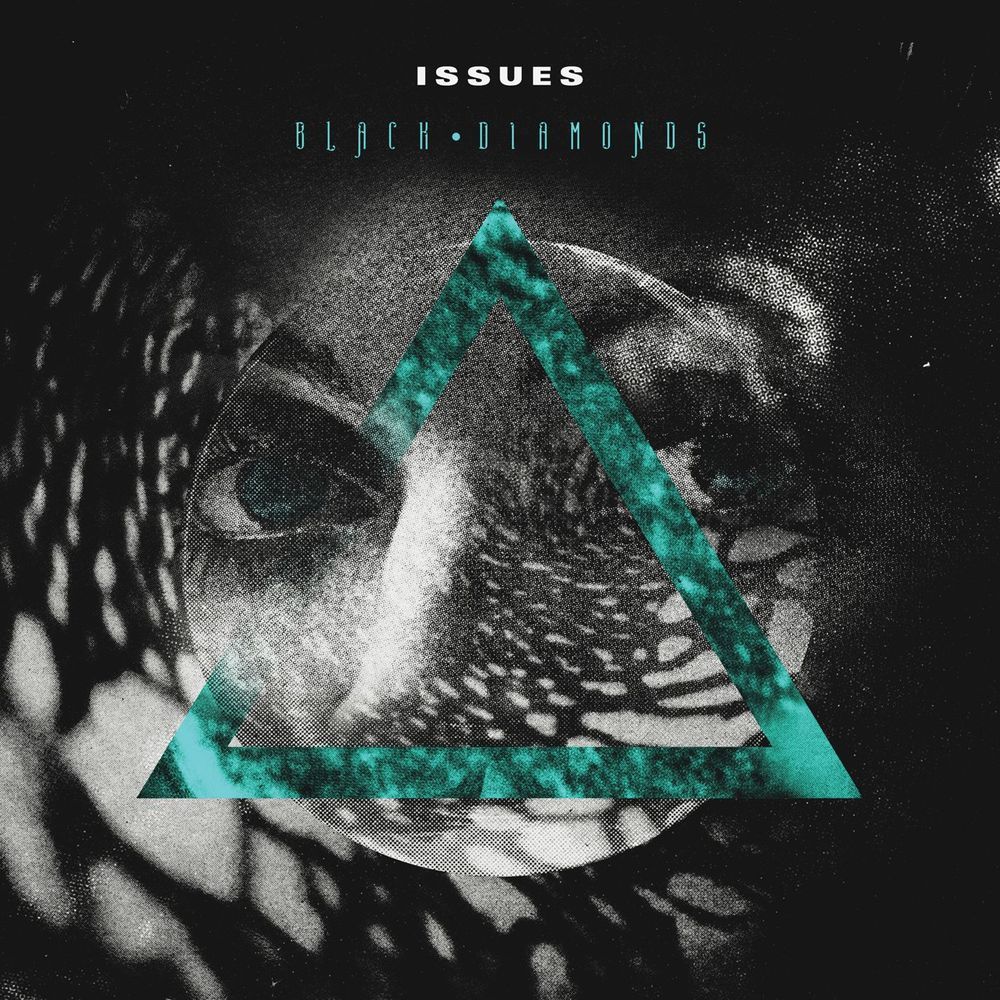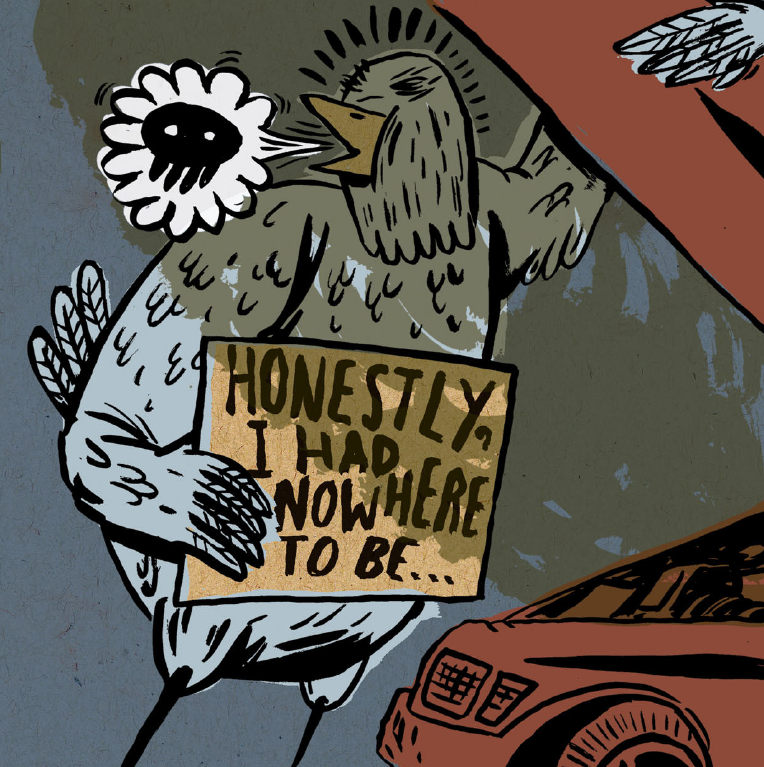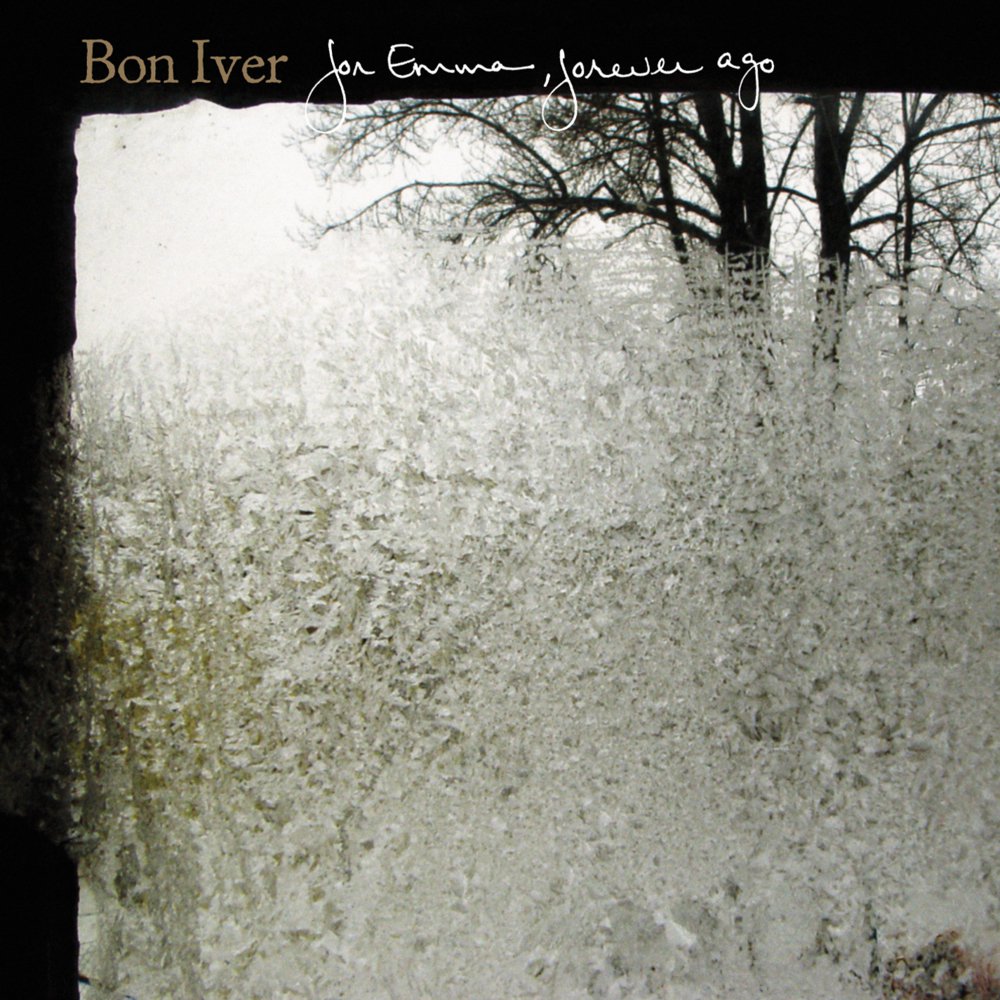TalkRadar or: That Time A Podcast Changed My Life
/On May 19th of 2008 a file was uploaded to the internet that changed my life forever.
The decade-old file in question was a 49-minute MP3 that belonged to a video game podcast called TalkRadar. To describe something as innocuous as a video game podcast as “life-changing” probably reads worryingly-melodramatic, yet, as overwrought as it sounds, that’s what this site was built upon.
Despite the semi-recent addition of monthly new music roundups, Swim Into The Sound has always been, and will always be a nostalgia-based music blog. The mission statement for this site is to share the things that I love with other people, and that can take many different forms.
While this blog was a little listless for a while there for a while there at the beginning, I’ve come to view Swim Into The Sound as a way to crystalize my own experiences into something that I can share. Truth be told, it’s as much for me to revisit and remember as it is for other people to read and understand. So it’s not like this is some selfless act, rather it’s me bottling up these experiences of enjoyment into something that’s (hopefully) palatable to a total stranger.
Given this focus on nostalgia, I tend to write about things that have impacted me profoundly. Most of the time it’s easier to focus on smaller bite-sized pieces of content like reviews, but when I have the time, focus, and energy, I really do prefer to go deep and expel every thought in my head surrounding a formative experience.
Sometimes in the past I’ve even used the phrase “life-changing,” but this write-up is different. I don’t want to lessen the impact of those other posts, because I stand by every word of them, but they’re life-changing in a way that provided me solace or comfort. The phrase “life-changing” isn’t a stretch, but it’s more that those albums helped me through tough times. They’re pieces of art that mean something to me on a personal level and have lingered with me for years. They’re life-changing in a less-drastic, more-reserved way. However, when I use the phrase life-changing in this post, I truly mean being-shifting.
This podcast changed practically everything about me. It changed the way I write and the way I talk. It changed what I wanted to do with my life, and who I wanted to be. It changed the music I listened to, and what I found funny. It changed the way I held myself and behaved. It changed my philosophy and approach to the self. It has gone on to inform nearly every facet of my being down to the way that my brain is wired. There is no me without it. It’s absolutely embarrassing to admit, but this silly, stupid, vulgar video game podcast is foundational to my existence.
This write-up is Swim Into The Sound’s endgame. The thing I’ve wanted to write about since day one. The thing that I’ve been inspired by. The thing I’m still worried I don’t have the language to articulate properly. The thing that’s most important to me in the world.
This is TalkRadar.
I’m sure you’re reading this and thinking that this all sounds like hyperbole, but I can assure you it’s not. I’m choosing my words very carefully, and I want this to come across as calm, collected, measured, and thoughtful. My ideal outcome would be for the podcast’s creators to read this and have some idea of the impact they’ve had on just one of their listeners, but at the very least, this is something that I feel must come out of me for the sake of my own mind… but before we get to that, I suppose I should start at the beginning.
Back in the 90’s and early-2000’s I had scant access to video games. My family owned an NES and (eventually) a Nintendo 64, but the consoles themselves were never in the house. Video games were practically a foreign concept to me, a delicacy. Something sacred that I enjoyed on the weekends, or in very concentrated doses.
Whenever I got the chance to go over to a friend's house, I’d relish the opportunity to try out their newer, fancier games on consoles I’d never even heard of. Sony? How exotic. Dreamcast? What does that even mean? Super NES? My NES lacks descriptors all-together.
New games and shiny consoles aside, when one of my childhood friends first introduced me to the concept of “cheats” it blew my mind. Not only do these “next-gen” games exist, but the idea that you can break them and turn the characters into bobble-headed freaks? That was quite the realization for an adolescent Taylor. My friend showed me a website called cheatplanet.com, a haven for game breakers that collected the cheat codes of (seemingly) every game in existence, and that’s where it all began.
A bastion of early-2000's web design.
Eventually, my siblings and I wore down our parents and games became more of a regular thing in our house. Even with this newfound access, there were still limits on how much we could play, and as a result, Cheat Planet became a loophole that I exploited on a regular basis. I’d print out the codes I wanted to try, memorize paths to hidden collectibles, and study screenshots from games that I didn’t even own. It was digital window shopping and the only way for a video game-starved kid to scratch that itch in a time before smartphones, Let’s Plays, and decent internet.
One day a few years later I pulled up my browser, typed in cheatplanet.com, loaded up the site and everything changed… literally. Cheat Planet was gone, and something called “GamesRadar” was in its place. The cheats were still there, just pushed off to the side, so I didn’t care much at the time. In fact, GamesRadar grew on me and eventually became a destination all its own; a website with funny writing, wacky images, and topics that I found compelling as a young internet surfer. The website became my first bookmark and quickly grew to be even more of a destination than some rinky-dink cheat site.
When I visited GamesRadar on May 19th, 2008 the most recent post at the top of the website was a small rectangle bearing a crudely-photoshopped image announcing the website’s inaugural podcast. Interested to hear the voices of the people I’d been reading for so long, I downloaded the episode and synched it onto my click wheel iPod. I didn’t know it then, but that one decision would go on to impact every day of my life from that point on.
TalkRadar was life-changing in the (very literal) sense that my life would not be the same without it. There's a clear point demarcating my life before it and my life after it. I would not recognize myself if it weren’t for this podcast. Lots of those albums I’ve described as life-changing helped me through tough times, but TalkRadar helped me through life.
It was the first podcast I’d ever heard; a low-quality, crass, and juvenile 49-minutes that left me wanting more. It was the most candid I’d ever heard anyone. It was the funniest I’d ever heard anyone. They were discussing things that I cared about, and joking around with each other in a way that I’d never heard before in my life. I suppose I don’t have to explain the appeal of a podcast in 2018, but a decade ago, this felt like a revelation.
As the weeks ticked by, the episode count grew and grew. I was a high schooler who didn’t drink, smoke, or do drugs, so I had nothing but time on my hands. I listened to each podcast attentively, and then relistened to them because I truly had nothing better to do. Plus by 2008, not only did we finally have video games in my house, I had a console in my room. I was living out my own childhood dream, and with a little bit of experimentation, I quickly discovered there’s no pairing more intoxicating than sitting down with a good video game and a long podcast.
After listening to the first 20-some episodes dozens of times, the content began to seep into my brain and embed itself. I had stolen phrases that the hosts used, adopted their mannerisms, even memorized long stretches of episodes. If you’re thinking this all sounds borderline-obsessive, you’re probably right, but this was a level of time, dedication, and interest that I don’t think I’ll ever be able to attain again.
The music exposed me to more bands than I can count.
The crass sense of humor single-handedly formed what I find funny.
The verbose speaking patterns of the hosts gave me a voice to write in.
The (often drunk) banter replayed in my head so much that I began to think in their voices.
It’s impossible to quantify the impact that TalkRadar had on me because I’m still coming to terms with it myself, but hopefully it’s starting to become clear how much this means to me. Perhaps most importantly, TalkRadar presented itself at the perfect time in my life. I was an impressionable fourteen-year-old kid, this was the first podcast I’d ever heard, and my first interaction with this type of format on a weekly basis. This came before the great “Serialization” of podcasts in 2014, and it was new enough that it felt exciting. Up until 2008 I’d only ever listened to music, and the idea that I could sit in on a multi-hour conversation about video games once a week was a godsend. It was solace. It was comfort. It was a warm blanket that I could descend into and find reliable serenity in.
They are the ones that made me want to be a writer. They are the ones who gave me, an aimless high school student, something to give a shit about. They are the ones who gave me the voice that you’re reading right now. They gave me myself.
Years later I went to college for journalism (because that’s what they did) and the podcast moved on. Hosts came and went, but the podcast remained. Eventually rebranded as its own self-contained entity called Laser Time, the show that began a decade ago as a drunken post-work chat has now ballooned into a fully-fledged podcast network with over a half-dozen shows to its name.
In 2015 the hosts joined Patreon, a subscription-based crowdfunding service, and I was first in line. Happily supporting them at anywhere from $5 to $15 a month (depending on my economic situation), I’ve been a devout supporter of theirs from the instant that they allowed it. I was happy to repay the hosts for the invaluable gift that they had given me. A true sense of self. A true source of joy. Something to aspire to, and something that will forever motivate me. It’s the closest to a “Thank you” I was able to get. I would have been lost without TalkRadar, and I would be lost without Laser Time.
Now a near-daily tradition, I find myself happily listening to the 6+ hours of content that the network produces each week and wondering where I would be without it. What kind of person I would have turned out to be, or what I would have been doing for all those long podcast-less nights back in high school. Maybe I would have turned out better, but who’s to say?
Unlike most posts here, this write-up doesn’t have a point. If I could get a reader to check out one of their many shows, that would be great, but I’m willing to admit that this post is mostly for me. I started writing this so many times that I finally just gave up and let it all come out, and that’s what you’re reading now. This feels like the most accurate way for me to explain the impact this group has had on me, and I still feel like it’s not enough.
Whether I like it or not, TalkRadar, it’s hosts, and the decade of material that’s come after, have all gone on to become the single most important, formative, and being-affirming thing that’s ever happened in my life.
As I look back now, I can’t believe how lucky I am to have stumbled upon that first episode ten years ago. I’ve improved as a writer, grown as a pop-culture nerd, and changed as a person. There’s really nothing else left for me to do but say thanks. So to Chris, Brett, Mikel, Shane, Charlie, Tyler, Henry, Lizzie, and every guest, host, collaborator, and community member, I would like to say from the bottom of my heart:





































